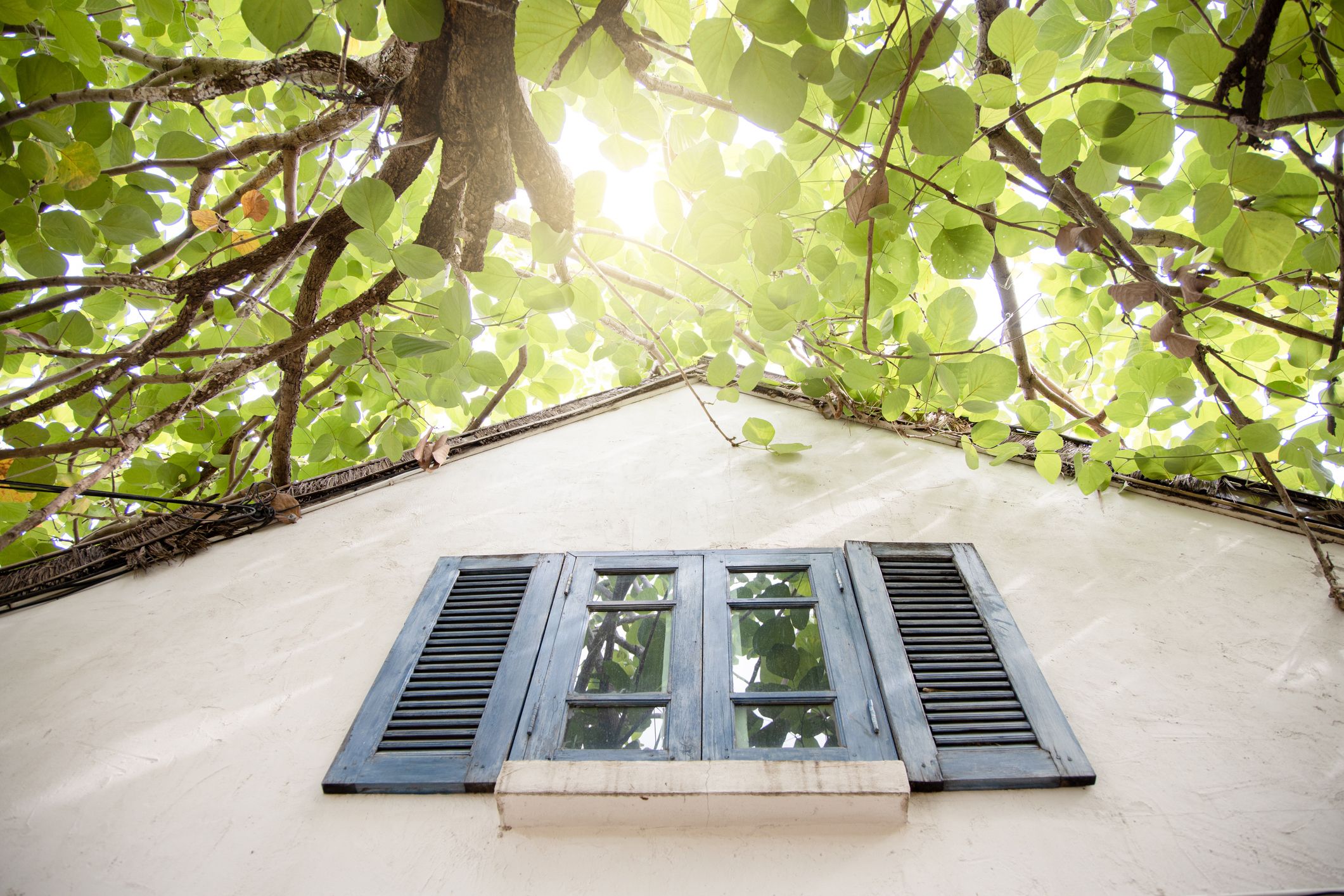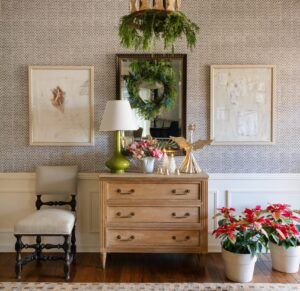These simple tips for energy-efficient home design combine the old with the new
While Louisiana experienced unexpectedly breezy summer temperatures last week (in exchange for torrents of rain, albeit), some of the most famously fine-weathered locales in the U.S. dealt with a different upset of expectations. Namely, a record-breaking heatwave that drove temperatures up to a near 120 degrees in places like Portland, Oregon, where readings even 40 degrees cooler would tip the typical scale. Needless to say, technologies that improve the livability of indoor spaces may soon be more necessary than ever before, so to learn the basics of what goes into energy-efficient homes today, we reached out to architect Dwayne Carruth of The Front Door Design Studio.
“These days there are so many options for new products, new materials and new ways of doing things that you can basically can do whatever you want in terms of convenient and energy-conserving design,” he says. “Interestingly, a lot of the techniques actually go back to what we did 100 years ago, as opposed to reinventing the wheel with new technology. Simply being thoughtful with your overhangs, porches and windows is just as relevant now as it was then.”
View this post on Instagram
Even landscaping with well-placed trees, he says, can go a long way in providing shade over a bright window. A stylish curtain or blind can keep houses warmer in winter and cooler in summer. But a good dose of increased tech can still serve to amplify these basic structures.
“Window coatings are hugely important,” he says. “We use a lot of Pella windows that block out excess heat and sun without affecting your view, meaning that you can lower energy consumption from things like air conditioning.”
Carruth’s team also installs smart technology that not only controls things like lights and temperature from afar, but also blinds over said windows.
View this post on Instagram
“We like to use roller shades since you can pull those all the way up out of sight if you want, and we can install them so that, at the push of a button, you could program them to be up at certain times of day and down during others,” he says. “That way your home still looks occupied while you’re on vacation, for example.”
But most clients, he says, like to start small, with smart technology involving lighting being the most popular feature in modern-day builds.
“Even when you were a kid, one of the first things you’re taught about saving energy is turning a light off when you leave a room,” he says. “Tech these days can make even those basic aspects more convenient, which plays a role in more sustainable living. It’s definitely becoming more and more popular as time goes on.”
For more about Carruth and his designs, visit thefrontdoor-architecture.com or follow him on Instagram @thefrontdoorarch.












